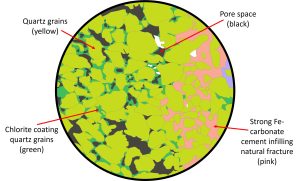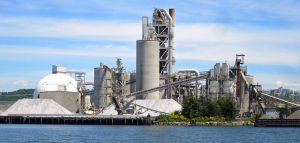Carbon dioxide (CO2) is now the most significant greenhouse gas, contributing over 70% of the total effect on climate change as of 2018. During the last decade, there have been many new environmental policies all with large scale reduction of CO2 emissions at their heart. One solution is Carbon Capture Utilisation and Storage (CCUS), a process that holds potential for mitigating the impact of greenhouse gas emissions on our planet. Continue reading to learn more about CCUS, how it works and its role in the energy transition, and how we, at Merlin, are committed to a sustainable future.





